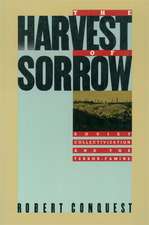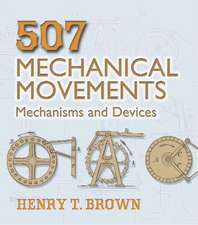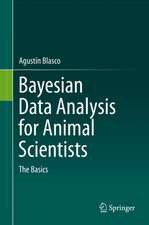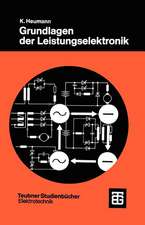Basic Principles of Power Electronics: Electric Energy Systems and Engineering Series
Autor Klemens Heumannen Limba Engleză Paperback – 13 feb 2012
Preț: 392.21 lei
Nou
Puncte Express: 588
Preț estimativ în valută:
75.07€ • 81.57$ • 63.10£
75.07€ • 81.57$ • 63.10£
Carte tipărită la comandă
Livrare economică 22 aprilie-06 mai
Preluare comenzi: 021 569.72.76
Specificații
ISBN-13: 9783642826764
ISBN-10: 3642826768
Pagini: 320
Ilustrații: XX, 296 p.
Dimensiuni: 170 x 244 x 17 mm
Greutate: 0.51 kg
Ediția:Softcover reprint of the original 1st ed. 1986
Editura: Springer Berlin, Heidelberg
Colecția Springer
Seria Electric Energy Systems and Engineering Series
Locul publicării:Berlin, Heidelberg, Germany
ISBN-10: 3642826768
Pagini: 320
Ilustrații: XX, 296 p.
Dimensiuni: 170 x 244 x 17 mm
Greutate: 0.51 kg
Ediția:Softcover reprint of the original 1st ed. 1986
Editura: Springer Berlin, Heidelberg
Colecția Springer
Seria Electric Energy Systems and Engineering Series
Locul publicării:Berlin, Heidelberg, Germany
Public țintă
Lower undergraduateCuprins
1 Introduction and Definitions.- 1.1 Development History.- 1.2 Basic functions of Static Converters.- 2 System components.- 2.1 Linear Components.- 2.2 Semiconductor Switches.- 2.3 Network Simulation.- 2.4 Non-linear Components.- 3 Power Semiconductor Devices.- 3.1 Semiconductor Diodes.- 3.2 Thyristors.- 3.3 Power transistors.- 4 Snubber Circuits, Triggering, Cooling, and Protection Devices.- 4.1 Snubber Circuits.- 4.2 Triggering.- 4.3 Cooling.- 4.4 Protection Devices.- 5 Switching Operations and Commutation.- 5.1 Switching Behaviour of Electrical networks.- 5.2 Definition of Commutation.- 5.3 Natural Commutation.- 5.4 Forced Commutation.- 5.5 Types of Converters.- 6 Semiconductor Switches and Power Controllers for AC.- 6.1 Semiconductor Switches for Single-phase and Three-phase AC.- 6.2 Semiconductor Power Controllers for Single-phase and Three-phase AC.- 7 Externally Commutated Converters.- 7.1 Line-commutated Rectifiers and Inverters.- 7.2 Line-commutated Cycloconverters.- 7.3 Load-commutated Inverters.- 8 Self-commutated Converters.- 8.1 Semiconductor Switches for DC.- 8.2 Semiconductor Power Controllers for DC.- 8.3 Self-commutated Inverters.- 8.4 Reactive Power Converters.- 9 Power Systems for Converters.- 9.1 Characteristics of Electrical Power Systems.- 9.2 DC System.- 9.3 Single-phase and Three-phase AC Systems.- 10 Loads for Converters.- 10.1 Resistance, Inductance, and Capacitance as Load.- 10.2 Internal Impedance of the Converter.- 10.3 Motor Load.- 10.4 Battery Load.- 10.5 Distorting Load.- 10.6 Types of Duty and Classes of Load.- 10.7 Service Conditions.- 11 Energy Conditions.- 11.1 Energy Sources.- 11.2 Waveform of Power against Time.- 11.3 Types of Converter.- 11.4 Coupling of Power Systems.- 11.5 Pulse Number.- 11.6 Pulse Frequency.- 11.7 Reactive PowerCompensation and Balancing of Unbalanced Load.- 11.8 Losses and Efficiency.- 12 Control Conditions.- 12.1 Terms and Designations.- 12.2 Converters as Correcting Unit.- 12.3 Control System Elements.- 12.4 Internal Closed-loop Controls.- 13 Semiconductor Converter Applications.- 13.1 Main Applications.- 13.2 Power Range.- 13.3 Frequency Range.- 14 Tests.- References.















